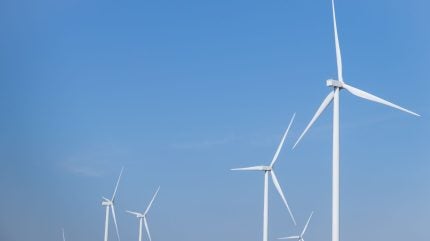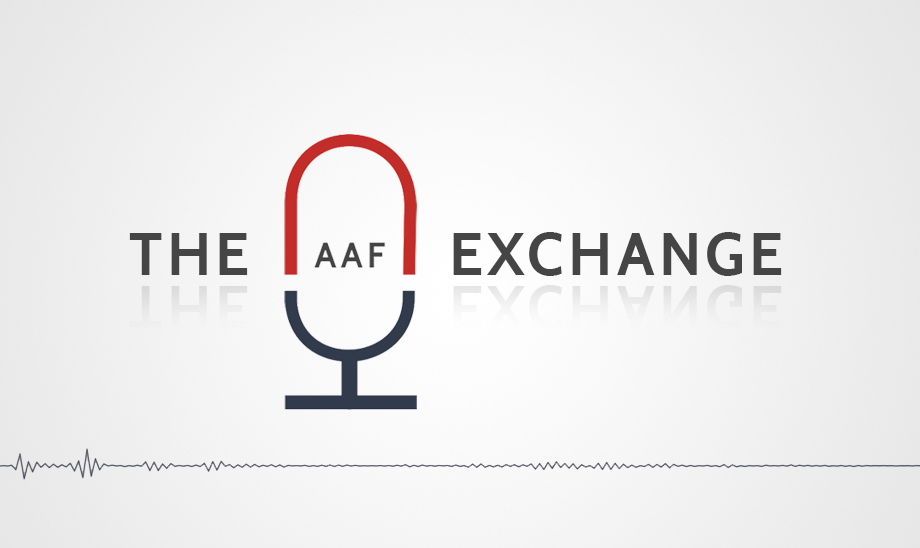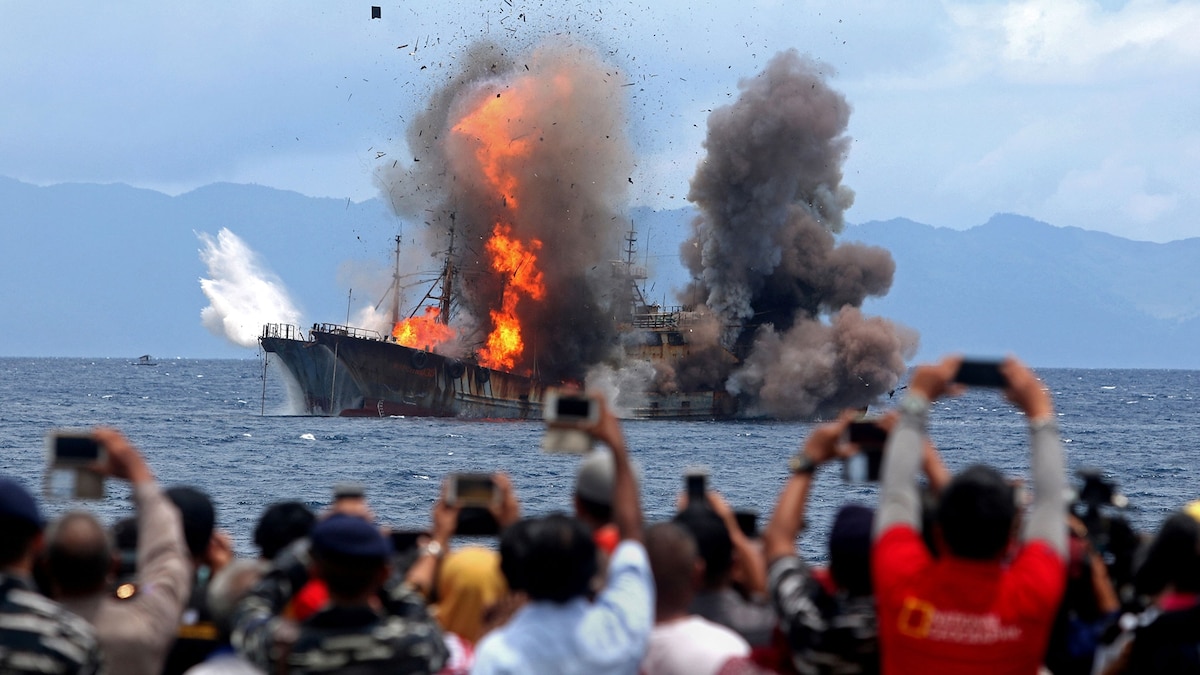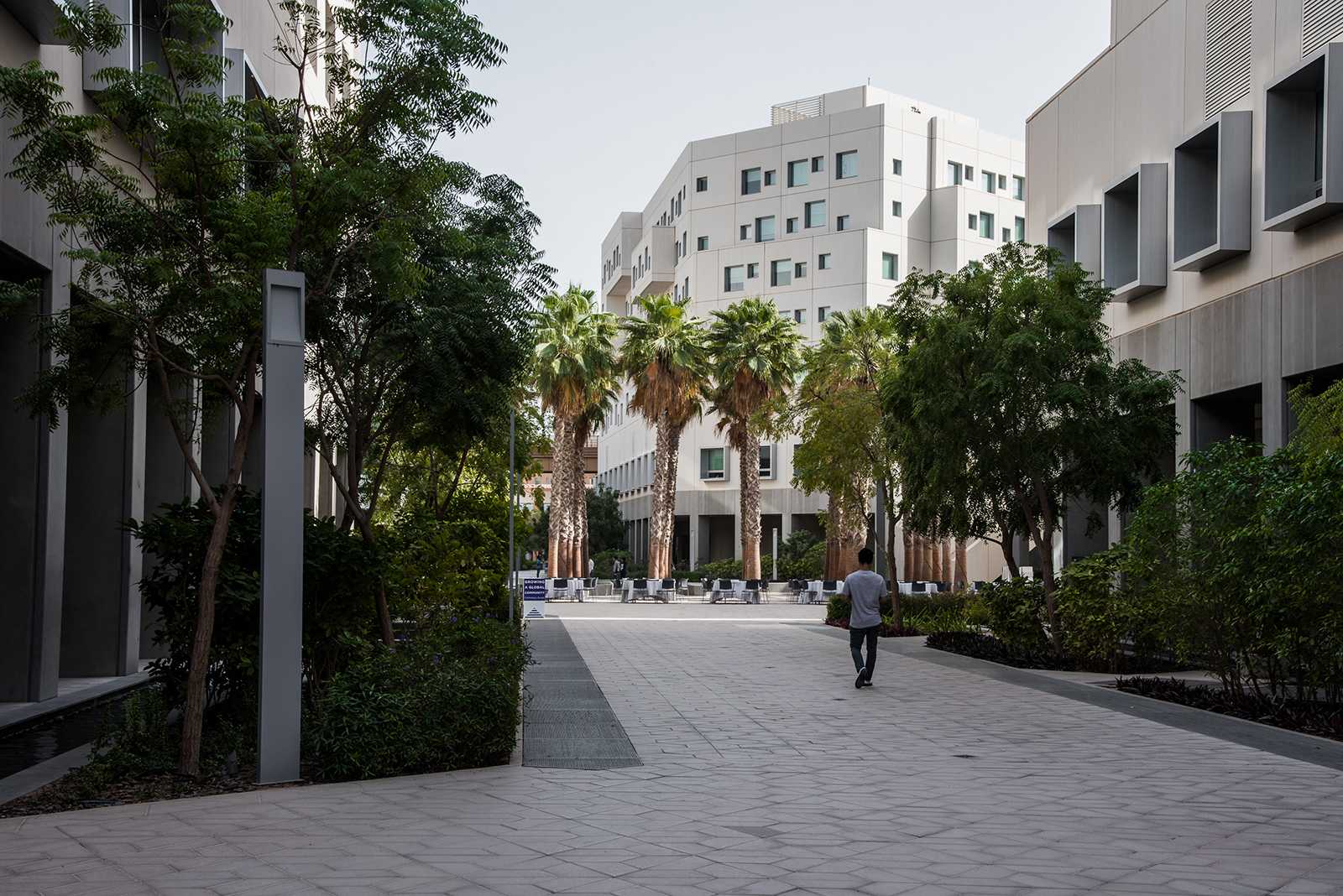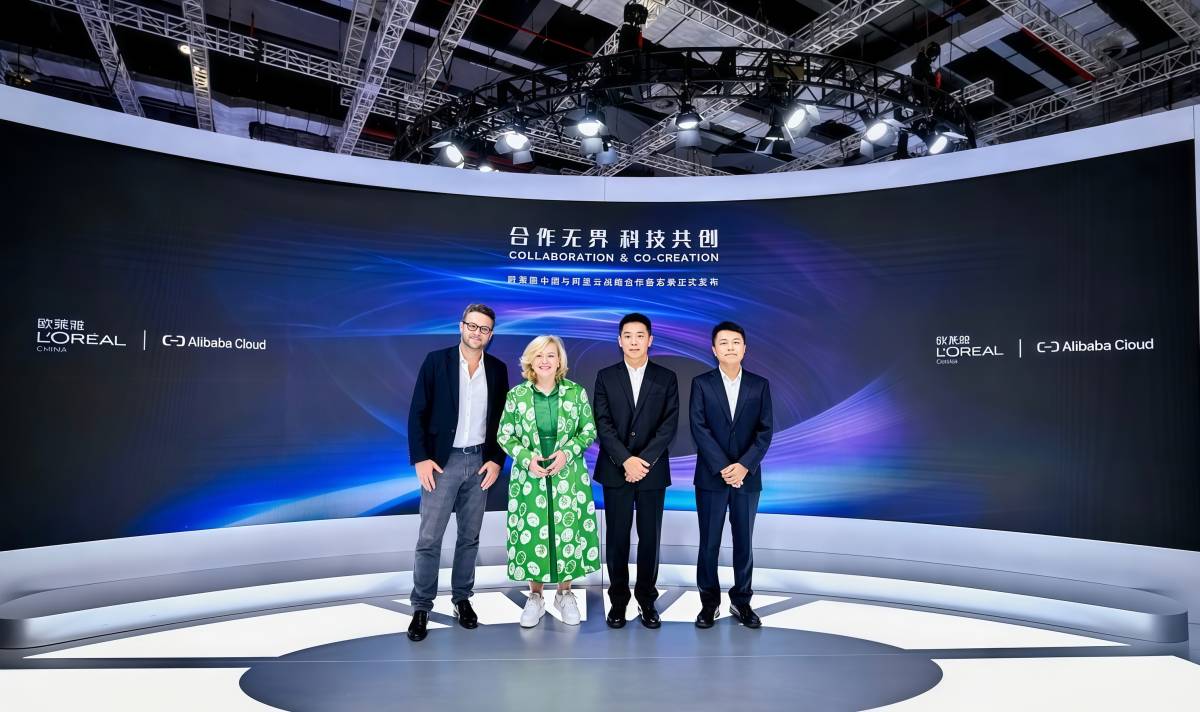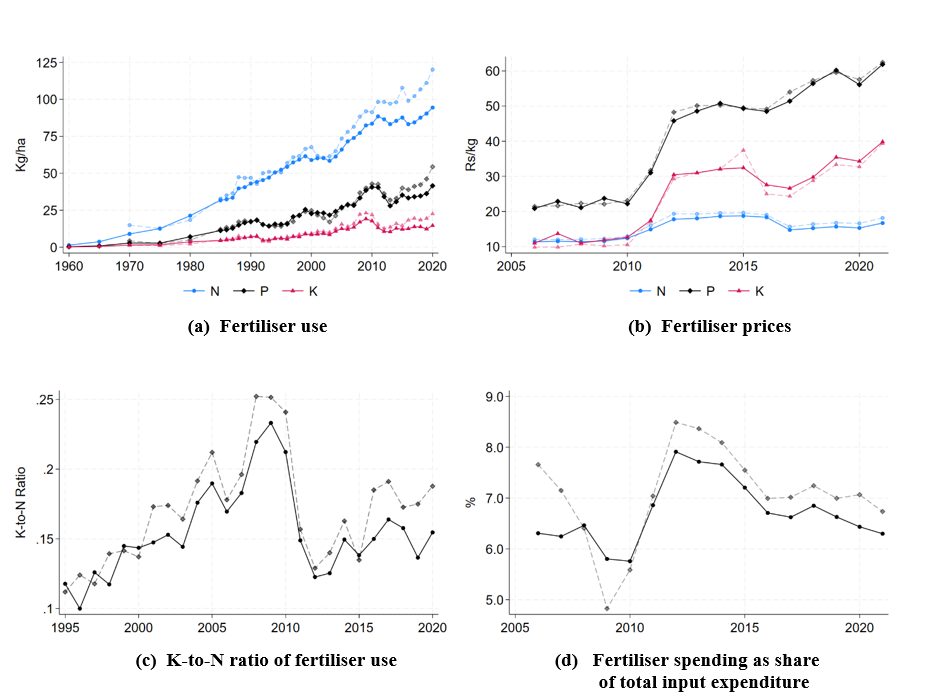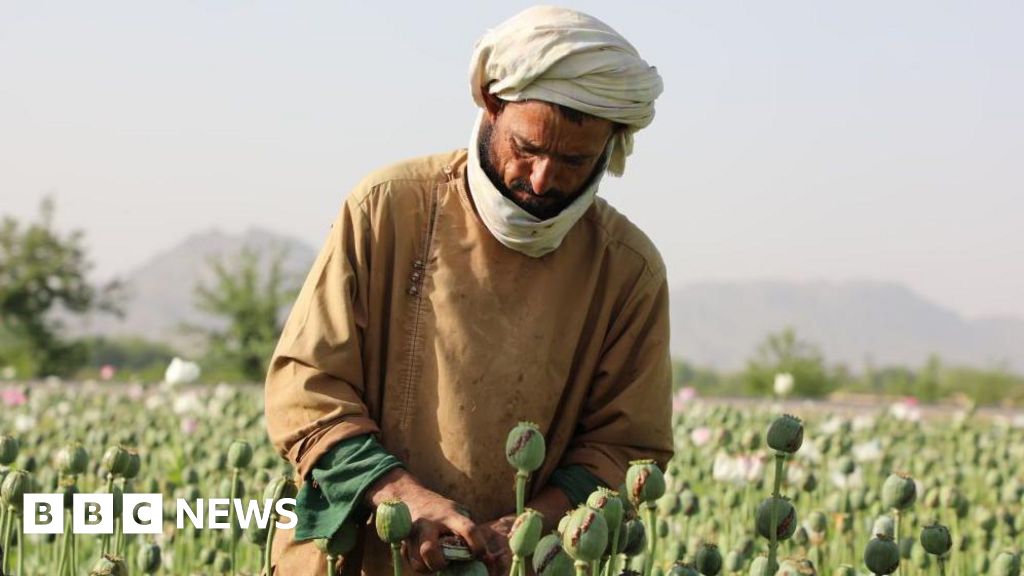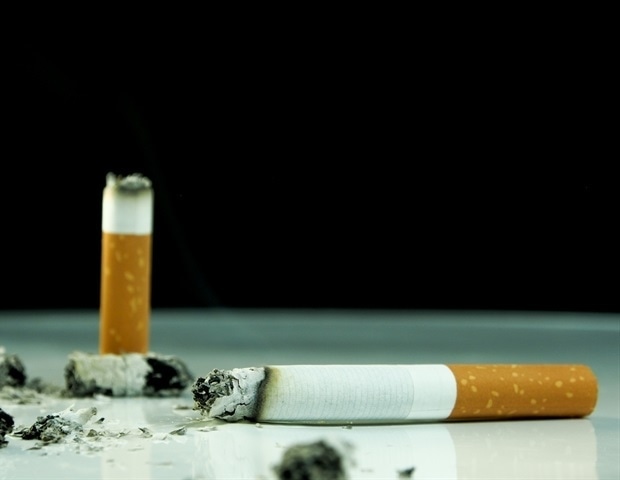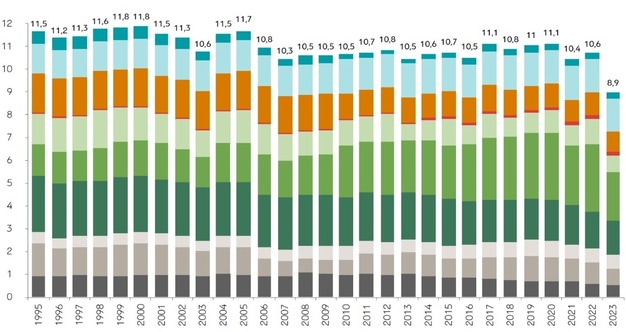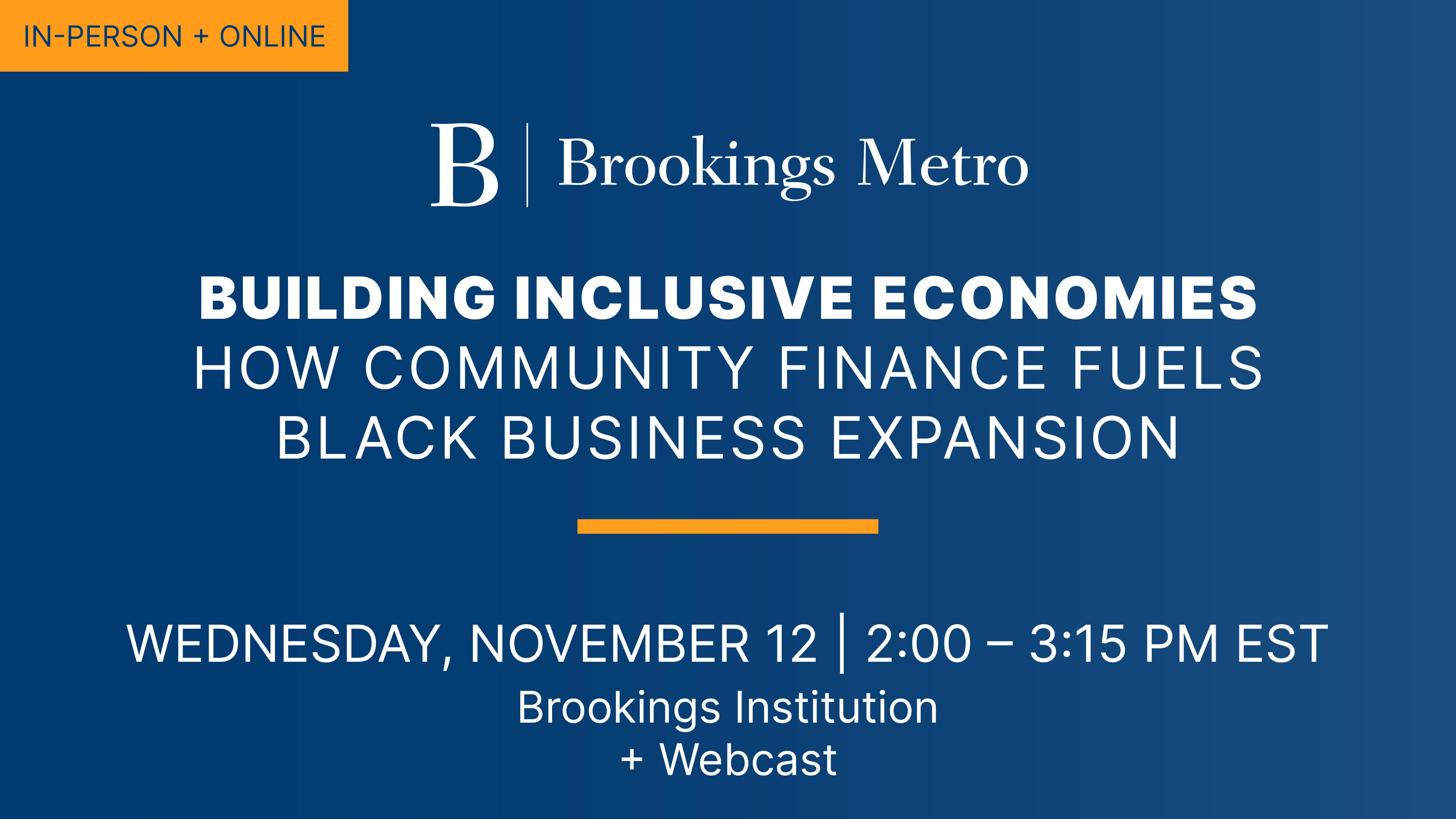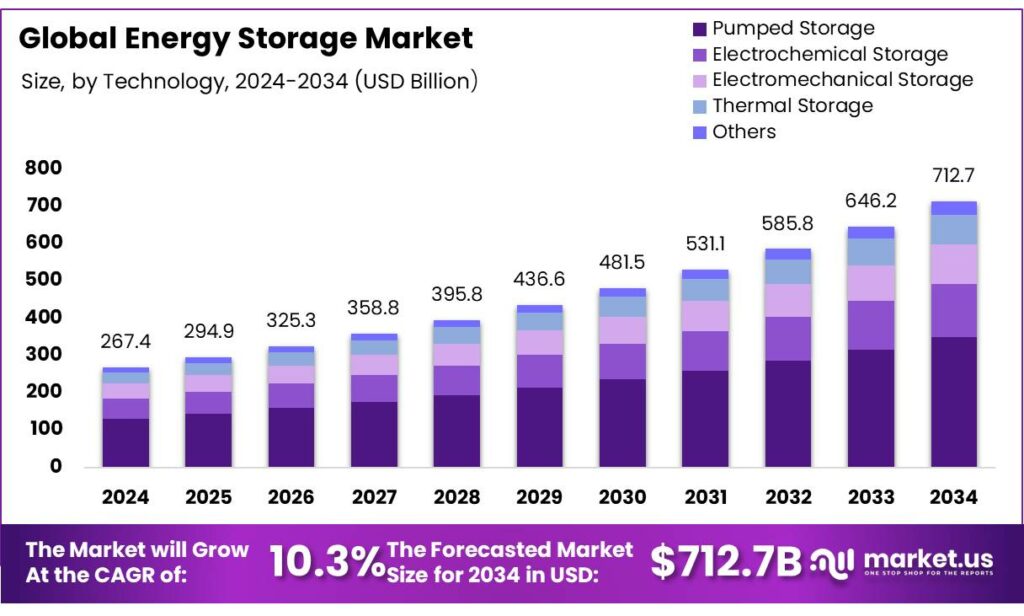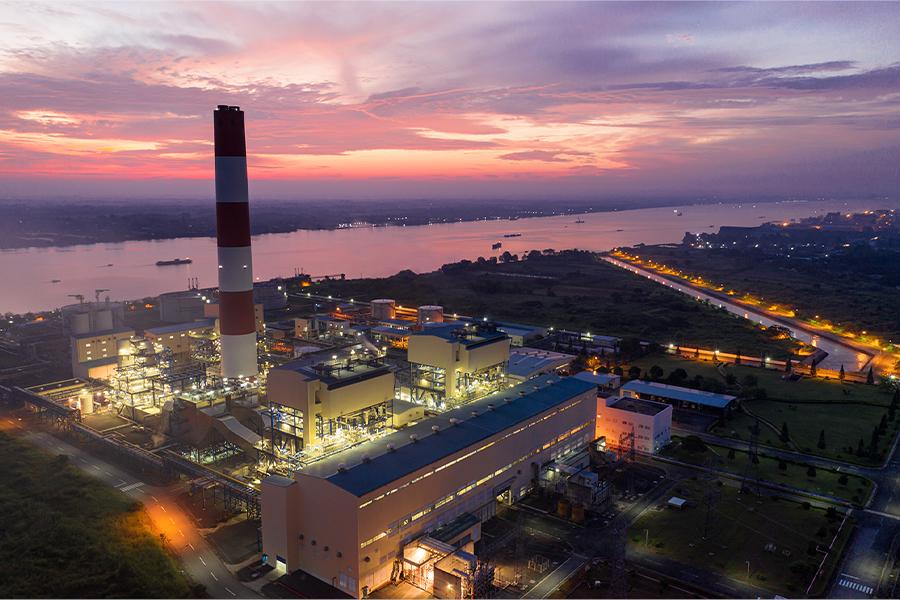Chart: The world is investing more in clean energy than fossil fuels – Canary Media

Global Energy Investment Trends and Alignment with Sustainable Development Goals
Analysis of the Current Investment Landscape
A recent analysis of global energy investment reveals a significant and widening gap between funding for clean energy and fossil fuels. This trend serves as a leading indicator for the future development of physical energy infrastructure. The substantial investments made in recent years are projected to result in a record-breaking expansion of clean energy installations, such as solar plants, wind turbines, and modernized power grids. This progress directly supports the objectives of Sustainable Development Goal 7 (Affordable and Clean Energy) and SDG 9 (Industry, Innovation, and Infrastructure) by fostering the development of resilient and sustainable energy systems.
Investment Shortfalls in Meeting Global Climate Pledges
Despite positive growth in clean energy funding, the International Energy Agency (IEA) reports that current investment levels are critically insufficient to meet the global pledges established in late 2023. Achieving these targets, which are essential for advancing SDG 7 and SDG 13 (Climate Action), requires a substantial escalation of financial commitment. Key areas of underfunding include:
- Renewable Energy: Investment must double to meet the agreed-upon targets for increasing the share of renewables in the global energy mix, a core component of SDG 7.2.
- Energy Efficiency: This historically underfunded sector requires an investment increase of nearly 300% to achieve the global goal of doubling the rate of efficiency improvements, as outlined in SDG 7.3.
- Electrification: Funding for electrification initiatives must also see a near-tripling to support the broader transition to clean energy sources.
Persistent Fossil Fuel Investment and its Impact on SDG 13
A concerning counter-trend is the persistently high level of investment in fossil fuels. With the exception of 2020, annual global spending on coal, oil, and gas has consistently exceeded $1 trillion. This sustained financial support for carbon-intensive energy sources directly impedes progress toward SDG 13 (Climate Action). Although renewable energy generation is growing at an unprecedented rate, rising overall electricity demand is being met by both clean and fossil fuel sources. Consequently, global emissions continue to rise, highlighting a fundamental conflict with climate stabilization goals.
Strategic Imperative for Decarbonization and SDG Attainment
The current dynamic, where clean energy growth supplements rather than displaces fossil fuels, is insufficient to achieve global decarbonization. To effectively address climate change and meet the targets of the Sustainable Development Goals, a strategic shift is required. The primary objective must be to elevate clean energy investment to a level where it actively displaces fossil fuel consumption and infrastructure. Only by driving down the use of fossil fuels can the global community make meaningful progress on SDG 7 (Affordable and Clean Energy) and SDG 13 (Climate Action).
SDGs Addressed in the Article
-
SDG 7: Affordable and Clean Energy
- The article’s primary focus is on the investment gap between clean energy (solar, wind) and fossil fuels. It directly discusses the need to increase investment in renewables and energy efficiency to move away from fossil fuels, which is the core mission of SDG 7.
-
SDG 13: Climate Action
- The text explicitly links the investment in clean energy to the goal of solving climate change. It states that despite record growth in renewables, “emissions are still rising,” and the current dynamic “will not solve climate change.” This highlights the urgency of climate action as described in SDG 13.
-
SDG 9: Industry, Innovation and Infrastructure
- The article mentions that investment is a leading indicator for building “new solar plants, wind turbines, power lines, and more.” This refers to the development of resilient, sustainable, and modern infrastructure, which is a key component of SDG 9.
Specific SDG Targets
-
Target 7.2: By 2030, increase substantially the share of renewable energy in the global energy mix.
- The article directly addresses this target by stating that “Investment in renewables needs to double” and that current investments will “translate to record-breaking amounts of clean-energy installations in the years to come.” This shows a clear focus on increasing the share of renewables.
-
Target 7.3: By 2030, double the global rate of improvement in energy efficiency.
- This target is explicitly referenced when the article notes that “Energy efficiency, a sector experts have long viewed as underfunded, needs investment to almost triple” to meet global pledges.
-
Target 7.a: By 2030, enhance international cooperation to facilitate access to clean energy research and technology… and promote investment in energy infrastructure and clean energy technology.
- The entire article revolves around the theme of investment in clean energy. It analyzes the “trillions invested” and highlights that “current investment levels are not enough,” directly relating to the promotion of investment in clean energy infrastructure and technology.
-
Target 9.4: By 2030, upgrade infrastructure and retrofit industries to make them sustainable, with increased resource-use efficiency and greater adoption of clean and environmentally sound technologies…
- The article’s mention of building “new solar plants, wind turbines, power lines” is a direct reference to upgrading infrastructure to be sustainable and based on clean technologies.
-
Target 13.2: Integrate climate change measures into national policies, strategies and planning.
- The article refers to “global pledges made in late 2023 to boost renewables and energy efficiency.” These pledges are the outcomes of international climate negotiations and represent the integration of climate change measures into national and global strategies.
Indicators for Measuring Progress
-
Indicator 7.a.1: International financial flows to developing countries in support of clean energy…
- The article is centered on “investment” in clean energy versus fossil fuels. The discussion of the “widening gap” and the “trillions invested” serves as a direct, though not geographically specified, measure of financial flows towards clean energy, which is the essence of this indicator.
-
Implied Indicator: Total investment in renewable energy and energy efficiency.
- The article explicitly states that “Investment in renewables needs to double” and investment in energy efficiency needs to “almost triple.” The amount of money invested is used as the primary metric throughout the text to gauge progress.
-
Implied Indicator: Rate of new clean energy installations.
- The text mentions that current investments “will translate to record-breaking amounts of clean-energy installations in the years to come,” implying that the number and capacity of new solar plants and wind turbines built is a key indicator of progress.
-
Implied Indicator: Greenhouse gas emissions levels.
- Progress towards climate goals is measured by emissions. The article points to a lack of progress by stating that despite growth in renewables, “emissions are still rising.” This makes the level of emissions a critical, implied indicator.
Summary Table: SDGs, Targets, and Indicators
| SDGs | Targets | Indicators |
|---|---|---|
| SDG 7: Affordable and Clean Energy |
7.2: Increase substantially the share of renewable energy.
7.3: Double the global rate of improvement in energy efficiency. 7.a: Promote investment in energy infrastructure and clean energy technology. |
7.a.1: International financial flows…in support of clean energy (measured in the article as total investment).
Implied: Total investment in renewable energy and energy efficiency. Implied: Rate of new clean energy installations (solar plants, wind turbines). |
| SDG 9: Industry, Innovation and Infrastructure | 9.4: Upgrade infrastructure…to make them sustainable…with greater adoption of clean…technologies. | Implied: Investment in and construction of sustainable infrastructure (new solar plants, wind turbines, power lines). |
| SDG 13: Climate Action | 13.2: Integrate climate change measures into national policies, strategies and planning. | Implied: Greenhouse gas emissions levels (referenced by the statement “emissions are still rising”). |
Source: canarymedia.com

What is Your Reaction?
 Like
0
Like
0
 Dislike
0
Dislike
0
 Love
0
Love
0
 Funny
0
Funny
0
 Angry
0
Angry
0
 Sad
0
Sad
0
 Wow
0
Wow
0
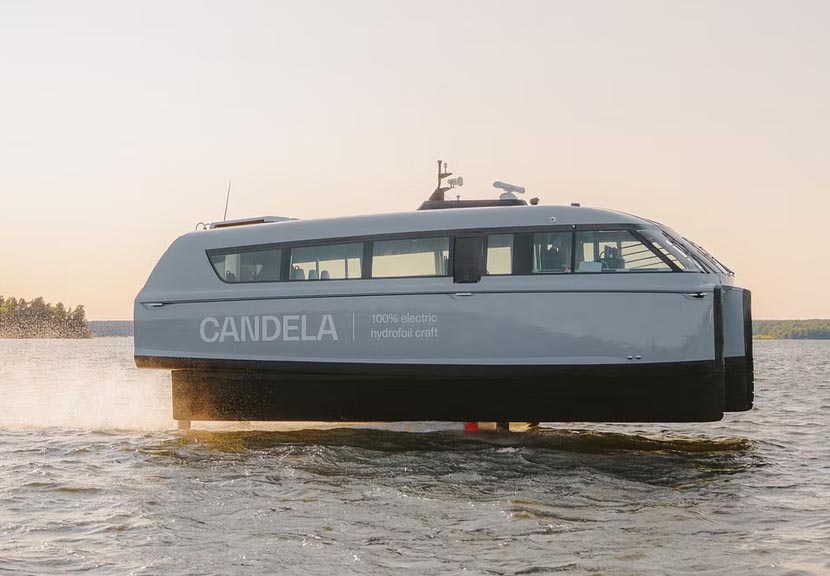
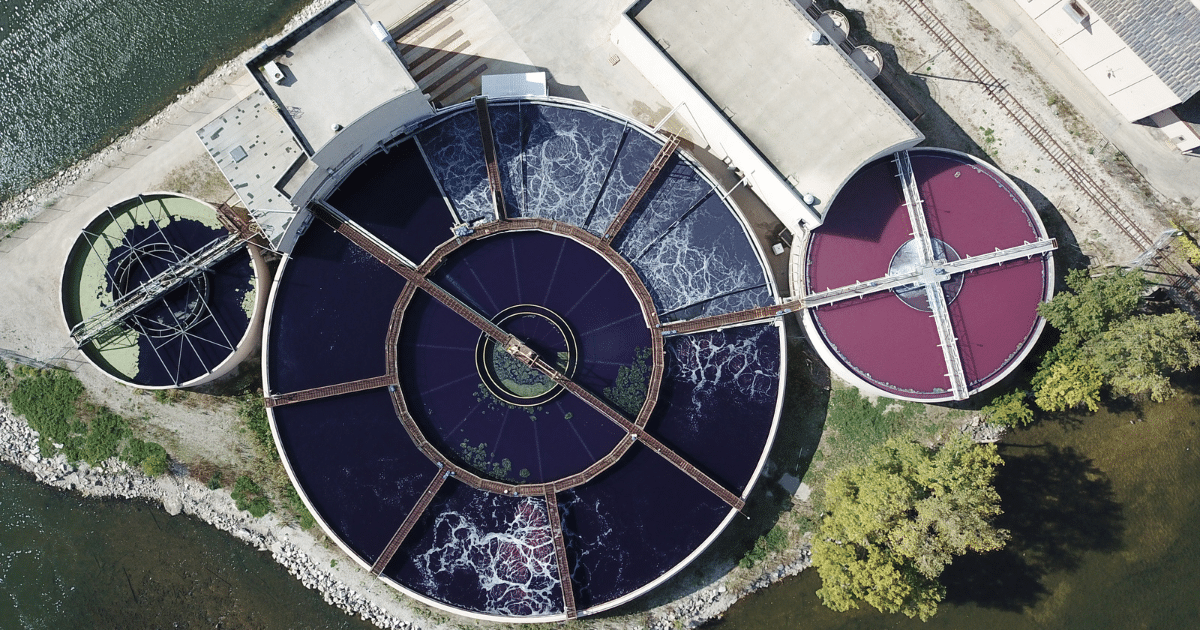






















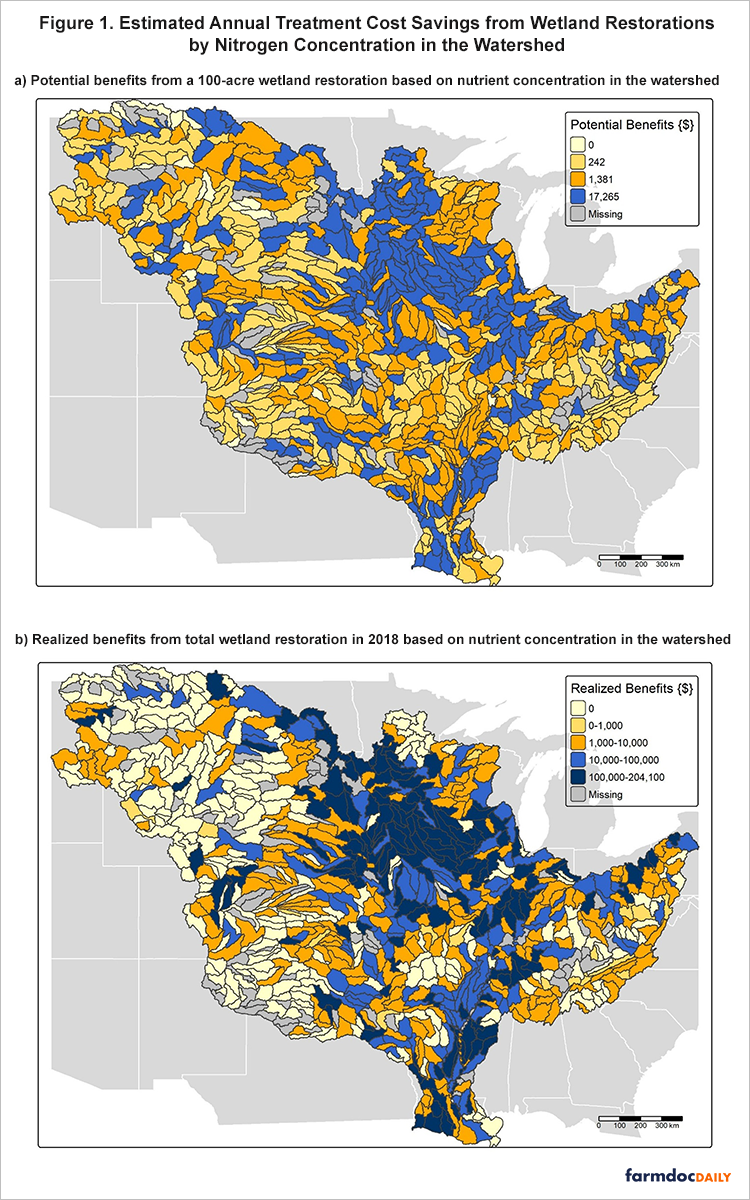
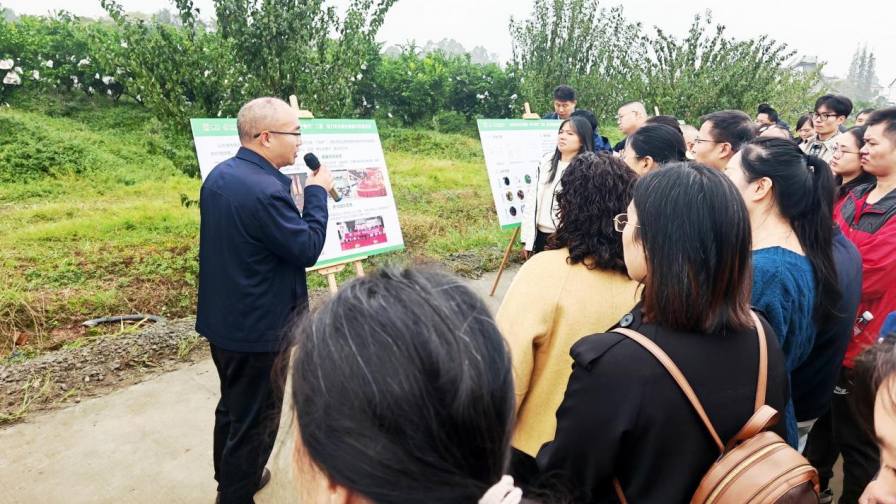

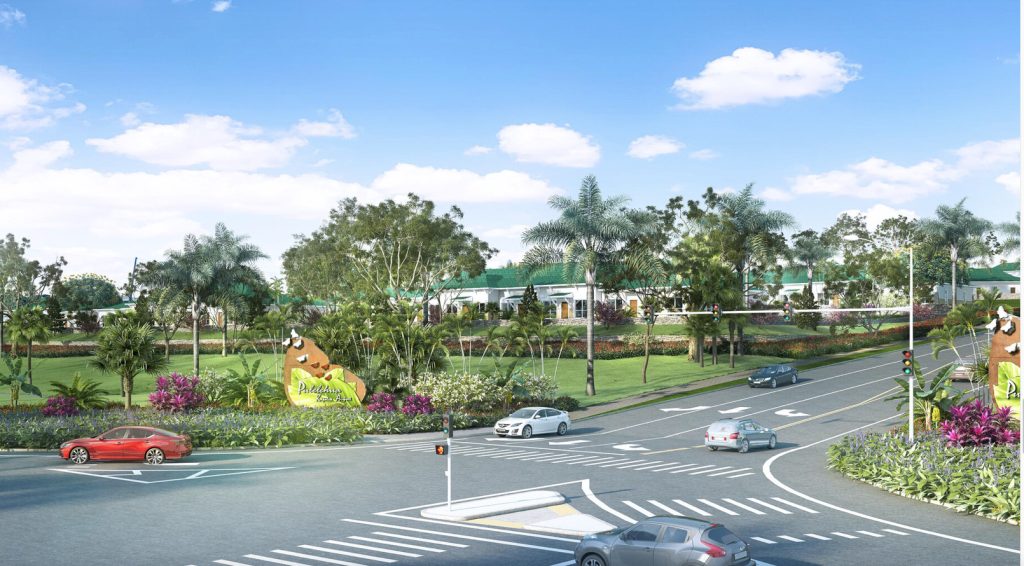



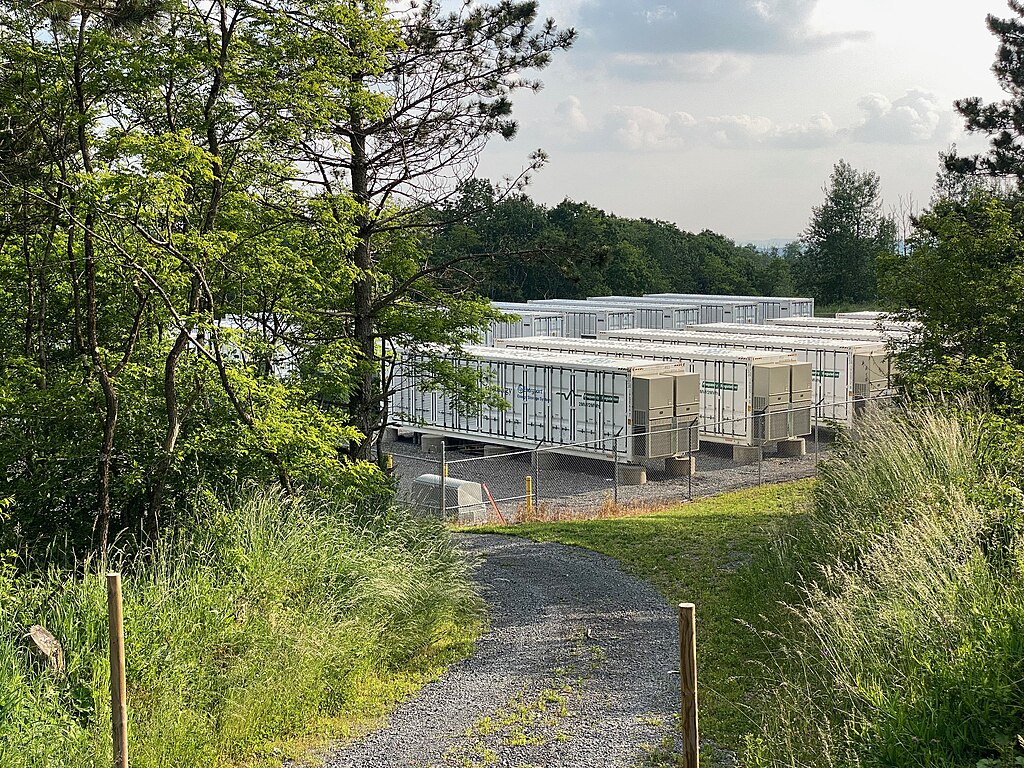
_2.png?#)
